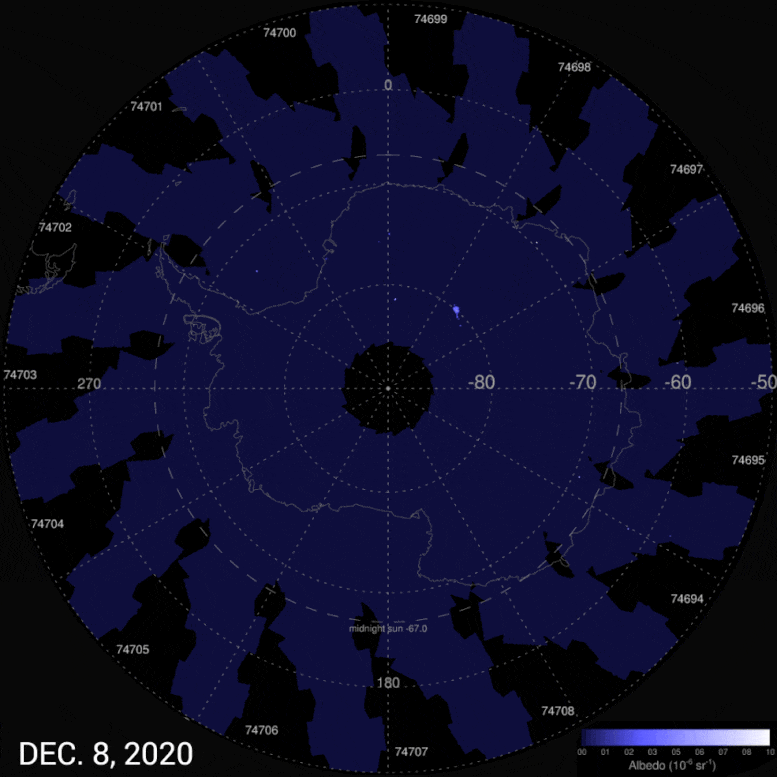
These AIM images span December 8–December 19, 2020, starting with AIM’s first observations of the Antarctic noctilucent cloud season. The colors — from dark blue to light blue and bright white — indicate the clouds’ albedo, which refers to the amount of light that a surface reflects compared to the total sunlight that falls upon it. Things that have a high albedo are bright and reflect a lot of light. Things that don’t reflect much light have a low albedo, and they are dark. Credit: NASA/HU/VT/CU-LASP/AIM/Joy Ng
Summer in Antarctica is marked by days in which the Sun never sets, balmy temperatures that hover as high as freezing, and electric-blue clouds of ice.
NASA’s Aeronomy of Ice in the Mesosphere mission — AIM for short — spotted the summer’s first noctilucent, or night-shining, clouds on December 8, 2020. In the days that followed, the fine wisps of cloud slowly grew into slight puffs high over Antarctica. Typically, they spin like cotton candy into a mass that blankets the poles, but this season is off to a slow start, and the clouds are sparser than usual. The season is also a late one: Scientists usually expect the Antarctic ice clouds to appear sometime in mid-November and run through mid-February.
The brilliant blue and white clouds drift about 50 miles (80 kilometers) overhead in a layer of the atmosphere called the mesosphere. During summer, this region has all three ingredients the clouds need to form: extremely cold temperatures (at -215 degrees Fahrenheit/ -137 degrees Celsius, it’s the coldest part of the atmosphere), water vapor, and meteor dust.
In summer, the mesosphere is most humid, since relatively wet air circulating up from the lower atmosphere brings extra water vapor. Meteor dust comes from meteors, which are ground into dust when they plummet and burn through the atmosphere. Noctilucent clouds form when water molecules coalesce around the fine, otherworldly dust and freeze.
Also known as polar mesospheric clouds (since they tend to huddle around the North and South Poles), the clouds help scientists better understand the mesosphere. The mesosphere is where the neutral atmosphere begins transitioning to the electrically charged gases of space. From the mesosphere up, the atmosphere is in constant motion, shaped by solar activity and near-Earth space from above and the lower atmosphere below.
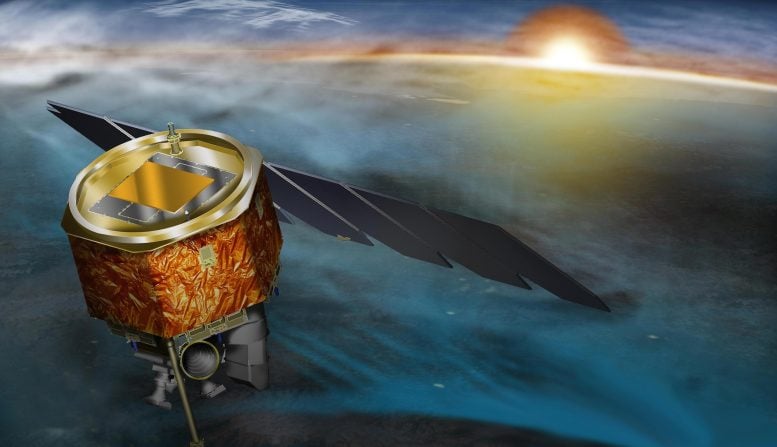
Artist’s rendition of the AIM spacecraft in orbit above Earth with the sun breaking over the globe’s horizon. Credit: Emily Hill
“Every year, we look at things that could predict when the season starts, and then we watch and try to gauge where our understanding is,” said James Russell, AIM principal investigator at Hampton University in Virginia. Some factors scientists consider are seasonal temperatures, the size of the ozone hole, atmospheric currents, and westerly winds.
Unusual weather in Antarctica led scientists to expect late-blooming noctilucent clouds. The size of the ozone hole is at a record high for this time of year. Westerly winds are gusting unusually strong. The polar vortex, which locks in frigid air over the poles, is also very large. All this amounts to a long winter, late spring, and slow start to noctilucent clouds season.
The fleeting clouds also help scientists study gravity waves, which are powerful waves of air that form when winds brush over disturbances at Earth’s surface, like mountaintops, or stir over severe weather systems like thunderstorms. Gravity waves rise through the sky, connecting the lower and upper atmosphere. Watching how they impact noctilucent clouds is one way to study how gravity waves affect the overall mesosphere. NASA’s AWE mission, which launches in 2022, will also contribute to gravity wave research and complement AIM’s observations.
It’s easy to think that gravity waves simply ripple straight up. But a study earlier this year found that the most influential gravity waves for the clouds — and that means, the upper atmosphere — might be the ones that rise like an escalator: up and across at the same time. The gravity waves that travel in this manner tend to form over tropical monsoons, then rise up from the tropics and across latitudes. The study analyzed eight seasons’ worth of noctilucent clouds, and combined observations from AIM and NASA’s TIMED mission.
When AIM launched in 2007, scientists thought they understood the relationship between noctilucent clouds and the solar cycle, the Sun’s natural 11-year cycle of activity. But the connection seems to have disappeared in early 2005. Noctilucent clouds are sensitive to both water vapor and temperature in the upper atmosphere — and the solar cycle affects both at their altitude. Yet even as the Sun progressed through its regular ups and downs, the clouds have shone at more or less the same intensity. There appears to be a delicate balance that scientists don’t yet fully understand.
“Noctilucent clouds are affected by influences from above, like the Sun, but also influences from below, like gravity waves,” said Scott Bailey, AIM deputy principal investigator at Virginia Tech. “Right now, it seems like the forces from below are in control.”
The start of the 2020 Antarctic noctilucent cloud season marks roughly one year into the current solar cycle, which began in December 2019. As AIM continues imaging the clouds, scientists hope the growing long-term record will yield clues to these puzzles.
“Since AIM launched, we’ve found out the processes controlling the clouds are very complex,” Russell said. “We need as much data as we can get.”




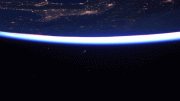
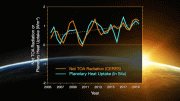
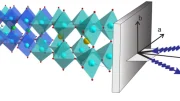
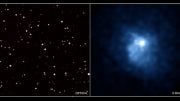

Be the first to comment on "NASA’s AIM Mission Spots First Night-Shining Clouds of Antarctic Summer"